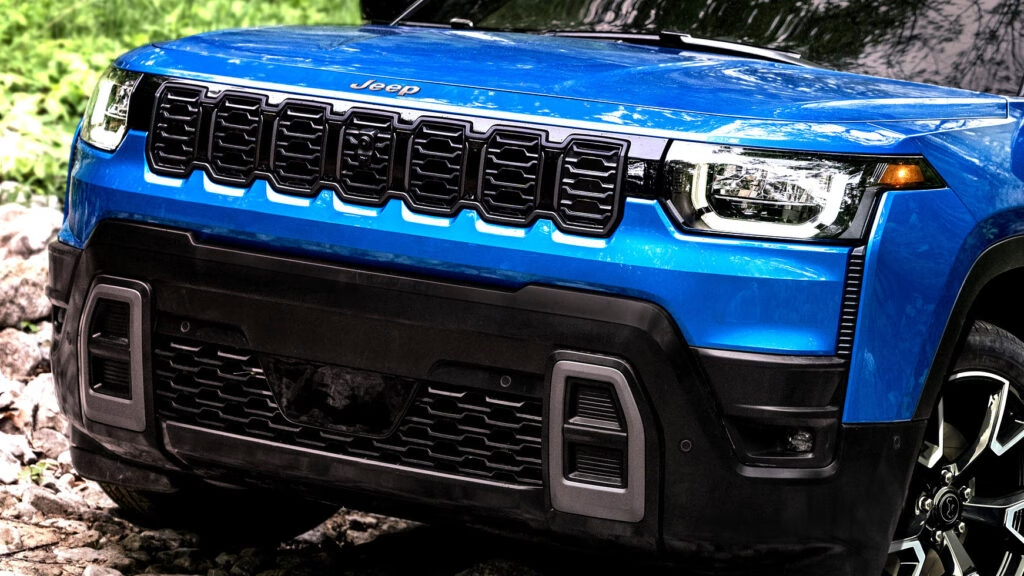Why Did Jeep’s Sales Plummet After Years of Success?
Jeep was once the darling of the SUV world, moving nearly a million vehicles in the US in 2018. Fast forward just six years, and that number had tumbled to under 600,000. What happened? The answer isn’t just one bad decision—it’s a series of missteps that left even loyal Jeep fans scratching their heads.
First, Jeep eliminated the Cherokee, a staple of its lineup for decades. Then, the brand shifted toward premium pricing, bumping up the cost of entry for models like the Cherokee, Renegade, and especially the Grand Wagoneer. The 2022 Cherokee, for example, jumped from $28,135 to $33,995 in a single year. Meanwhile, the 2024 Grand Wagoneer was priced thousands above even the Cadillac Escalade—a bold move, but not one that resonated with buyers.
The result? Customers started looking elsewhere, with many flocking to Ford’s Bronco lineup and other competitors offering more value for the money. According to GoodCarBadCar, Jeep’s US sales dropped by more than 35% from 2018 to 2023. That’s not just a blip—that’s a wake-up call.
What Has Jeep Done to Fix Its Pricing Problem?
Recognizing the writing on the wall, Jeep’s new CEO Bob Broderdorf made it clear: the brand needed to fix what he called “the sins of its past.” The first order of business? Adjust pricing across almost the entire lineup.
And they didn’t just tinker around the edges. Jeep slashed prices on every model except the Wrangler. The Grand Cherokee saw several trims drop by thousands of dollars. The Wagoneer’s base price was cut from $62,945 to $59,945, and the flagship Grand Wagoneer dropped a whopping $7,000, now starting at $84,945.
Broderdorf told reporters that these changes were about more than just numbers—they were about restoring trust and eliminating the “pricing problem” that had driven so many customers away. It’s a rare moment of humility in the auto industry, and one that signals Jeep is listening.
Are Jeep’s New Prices Competitive Enough?
Here’s where things get interesting. While the price cuts are significant, some models still raise eyebrows. Take the new Wagoneer S, for example. Even with a new Limited trim, it starts at $65,200—about $10,000 more than a Ford Mustang Mach-E GT, a direct competitor in the electric SUV space.
Dealers have responded by slashing prices even further to move inventory. In some cases, Wagoneer S Limited models listed at $67,590 are being advertised for as low as $38,340. That’s not a typo. Other dealers are offering similar models for just under $40,000. It’s a sign that while Jeep’s official pricing has improved, the market is still finding its own level.
This kind of volatility isn’t unique to Jeep—many automakers are grappling with shifting demand, especially as EVs become more mainstream and buyers get pickier about value. But it does highlight that Jeep’s journey back to relevance isn’t over yet.
What’s Next for Jeep’s Lineup and Strategy?
Jeep isn’t just tweaking prices—it’s overhauling its entire lineup. The Gladiator and Wrangler have both received facelifts, bringing fresh looks and updated tech. The Grand Cherokee, Wagoneer, and Grand Wagoneer are all set for updates in the near future.
Perhaps most exciting for longtime fans: the Cherokee is making a comeback later this year. Plus, the all-electric Recon will join the lineup in November, aiming to capture the growing market for rugged, zero-emissions SUVs. There’s also a new Compass in the works, though its North American fate remains uncertain.
Broderdorf admits there are “choppy waters” ahead, with tariffs and economic uncertainty looming over the industry. But he’s betting that a revamped lineup, smarter pricing, and a renewed focus on what made Jeep great in the first place will help the brand regain its footing.
How Should Buyers Approach Jeep’s New Pricing?
If you’re in the market for a Jeep, now’s the time to pay attention. The official price cuts are real, and dealer discounts can be even steeper—especially on higher-end or electric models. Don’t be afraid to shop around and negotiate; the current environment is unusually favorable for buyers.
At the same time, keep an eye on the competition. Brands like Ford, Toyota, and Subaru are all vying for the same customers, often with aggressive incentives of their own. The SUV and crossover market is more competitive than ever, and that’s good news for anyone looking for a deal.
The big takeaway? Jeep’s turnaround isn’t about perfection—it’s about smarter adjustments. Start with one change this week, and you’ll likely spot the difference by month’s end. Sometimes, the best way forward is to admit what went wrong, fix it, and get back to what you do best. For Jeep, that means building tough, capable vehicles at prices that make sense—without losing the adventurous spirit that made the brand iconic in the first place.

